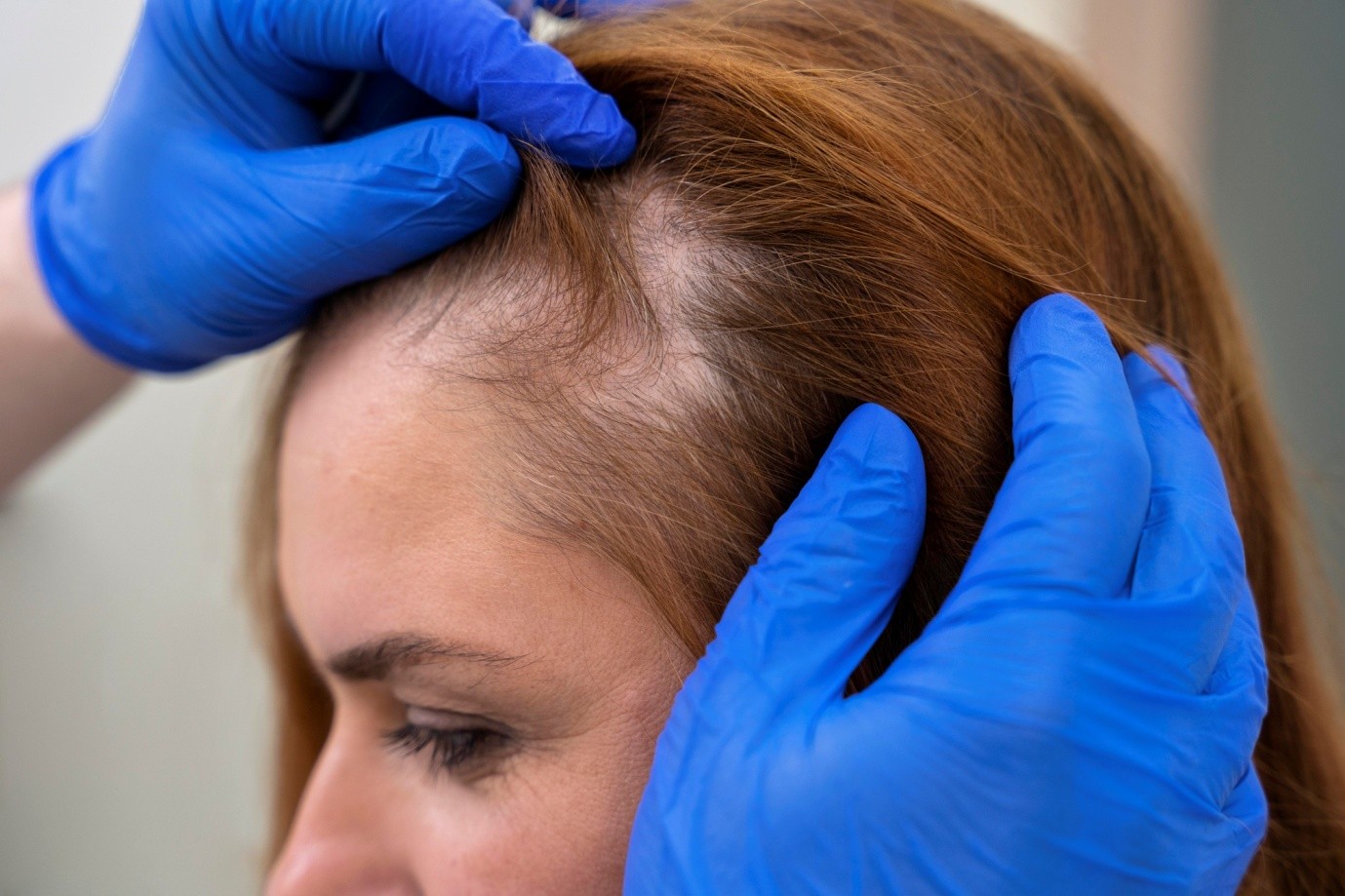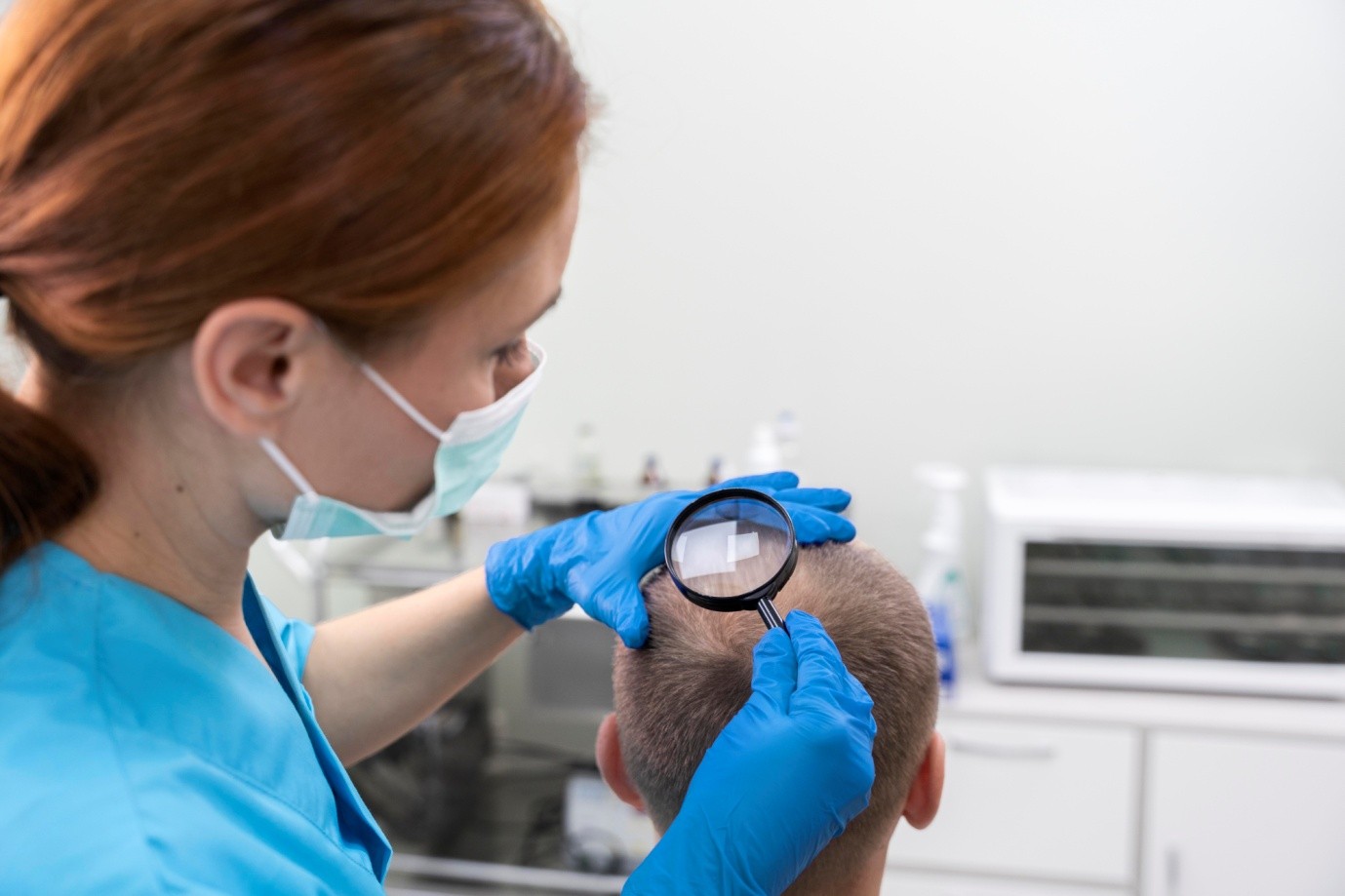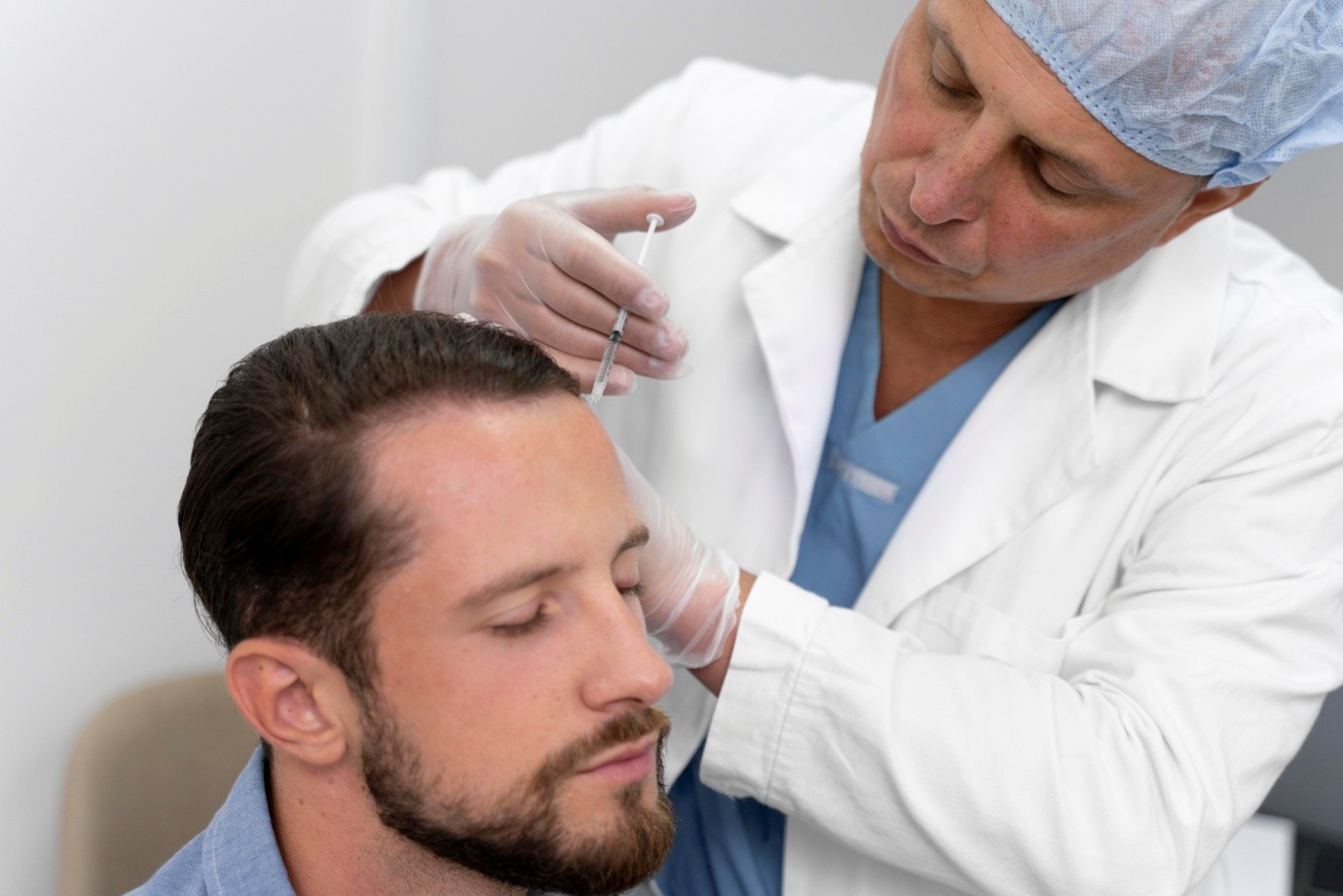The Science Behind Hair Restoration: How Does It Work?
Hair loss is a common concern affecting millions of people worldwide, leading to self-consciousness and a decline in confidence. Whether due to genetics, hormonal changes, aging, or medical conditions, hair thinning and baldness can be distressing. Fortunately, advancements in science and technology have paved the way for effective hair restoration treatments that stimulate natural hair growth and help individuals regain their youthful appearance.
But how does hair restoration actually work? What role do hair follicles play in the process? In this blog, we will explore the science behind hair restoration, how different treatments work, and their effects on hair follicles.


Understanding Hair Growth and Hair Follicles
Before diving into hair restoration, it is crucial to understand the science of hair growth and the role of hair follicles in maintaining a full head of hair.
The Hair Growth Cycle
Hair grows in a continuous cycle, consisting of three main phases:
- Anagen Phase (Growth Phase) – This is the active growth phase where hair follicles produce new hair. It lasts 2 to 7 years, and the longer this phase, the longer the hair grows.
- Catagen Phase (Transition Phase) – This short phase lasts about 2 weeks, during which the hair follicle shrinks, detaching the hair from its blood supply.
- Telogen Phase (Resting Phase) – In this phase, which lasts 3 to 4 months, old hair remains in place while new hair begins to grow underneath. The old hair eventually sheds, making way for new growth.
A healthy hair cycle ensures continuous hair regeneration. However, factors like aging, genetics, stress, and medical conditions can shorten the anagen phase and prolong the telogen phase, leading to thinning hair and baldness.
What Causes Hair Loss?
Hair loss, also known as alopecia, occurs when the hair growth cycle is disrupted. The most common causes include:
- Androgenetic Alopecia (Male and Female Pattern Baldness) – A hereditary condition that causes gradual hair thinning and receding hairlines.
- Hormonal Imbalances – Changes in testosterone, estrogen, and thyroid hormones can lead to excessive hair shedding.
- Nutritional Deficiencies – Lack of iron, protein, biotin, and vitamin D weakens hair follicles, causing hair loss.
- Stress and Lifestyle Factors – Chronic stress, smoking, and poor diet can negatively impact hair health.
- Medical Conditions and Medications – Autoimmune diseases, chemotherapy, and certain medications can trigger hair loss.
Hair restoration techniques work by stimulating dormant hair follicles, improving scalp circulation, and enhancing the overall health of hair roots.
How Does Hair Restoration Work?
Hair restoration involves various medical, surgical, and non-invasive treatments that aim to regrow hair, strengthen existing follicles, and prevent further hair loss. Let’s explore the most scientifically advanced hair restoration techniques and how they work at a cellular level.
1. Platelet-Rich Plasma (PRP) Therapy
The Science Behind PRP Therapy
PRP therapy is one of the most popular non-surgical hair restoration treatments. It involves extracting platelet-rich plasma from the patient’s own blood and injecting it into the scalp.
How does it work?
- Growth Factors Activation – PRP is rich in growth factors like PDGF, VEGF, and TGF-β, which promote hair follicle repair and regeneration.
- Improves Blood Circulation – PRP injections enhance scalp blood flow, delivering oxygen and nutrients to dormant follicles.
- Increases Collagen Production – PRP stimulates the production of collagen and elastin, strengthening hair roots.
- Prolongs the Anagen Phase – The treatment reactivates hair follicles, keeping them in the growth phase longer.
Effect on Hair Follicles:
PRP revitalizes weak and dormant follicles, encouraging them to produce thicker and healthier hair strands.
2. Hair Transplant Surgery (FUE and FUT)
The Science Behind Hair Transplants
Hair transplant surgery is a permanent solution for hair loss, involving the transfer of hair follicles from donor areas (back of the scalp) to bald or thinning areas.
There are two primary techniques:
- Follicular Unit Extraction (FUE) – Individual hair follicles are extracted and implanted into the recipient area.
- Follicular Unit Transplantation (FUT) – A strip of scalp with healthy follicles is removed and divided into grafts for transplantation.
How does it work?
- Follicular Regeneration – Transplanted follicles integrate into the new location, establishing a natural growth cycle.
- DHT Resistance – Hair from the donor area is resistant to dihydrotestosterone (DHT), the hormone responsible for male pattern baldness.
- Scalp Adaptation – The scalp accepts transplanted follicles, allowing them to function normally.
Effect on Hair Follicles:
Transplanted follicles retain their genetic properties, ensuring they continue to grow naturally in their new location.
3. Low-Level Laser Therapy (LLLT)
The Science Behind Laser Therapy
LLLT, also called red light therapy, is a non-invasive treatment that uses low-intensity lasers to stimulate hair growth.
How does it work?
- Increases ATP Production – Red light stimulates mitochondria in hair follicle cells, increasing ATP (energy) production, which fuels hair growth.
- Enhances Blood Circulation – It promotes better nutrient delivery to hair follicles.
- Reduces Inflammation – LLLT blocks DHT effects, preventing hair follicle miniaturization.
Effect on Hair Follicles:
LLLT reactivates dormant follicles, strengthens existing hair, and prevents further thinning.
4. Stem Cell Therapy for Hair Restoration
The Science Behind Stem Cell Therapy
Stem cell therapy is an advanced regenerative treatment that uses mesenchymal stem cells to repair and regenerate hair follicles.
How does it work?
- Activates Hair Follicle Stem Cells (HFSCs) – Stem cells trigger dormant follicles to restart growth.
- Encourages New Hair Formation – They differentiate into hair follicle cells, creating new follicles.
- Boosts Growth Factor Production – Increases the secretion of fibroblast growth factors that strengthen hair roots.
Effect on Hair Follicles:
Stem cell therapy restores the follicle’s natural ability to produce thick, healthy hair.
5. Topical and Oral Medications (Minoxidil & Finasteride)
The Science Behind Hair Growth Medications
Minoxidil (Rogaine) and Finasteride (Propecia) are FDA-approved treatments for hair loss.
How does Minoxidil work?
- Dilates Blood Vessels – Improves blood flow to hair follicles.
- Increases Growth Factor Levels – Boosts vascular endothelial growth factor (VEGF), prolonging the anagen phase.
How does Finasteride work?
- Blocks DHT Production – Prevents follicle shrinkage by inhibiting 5-alpha reductase enzyme.
Effect on Hair Follicles:
These medications prevent further hair loss and support hair regrowth by enhancing follicle function.
Conclusion: The Future of Hair Restoration
The science behind hair restoration continues to evolve, offering advanced solutions to combat hair loss effectively. From PRP therapy and laser treatments to hair transplants and stem cell therapy, each technique works at a cellular level to stimulate follicles and restore natural hair growth.
By understanding how these treatments affect hair follicles, individuals can make informed decisions about which hair restoration method is best for them. If you’re struggling with hair loss, consulting a hair restoration specialist can help you choose the most effective solution for achieving thicker, healthier hair.
Your journey to hair regrowth starts today!

